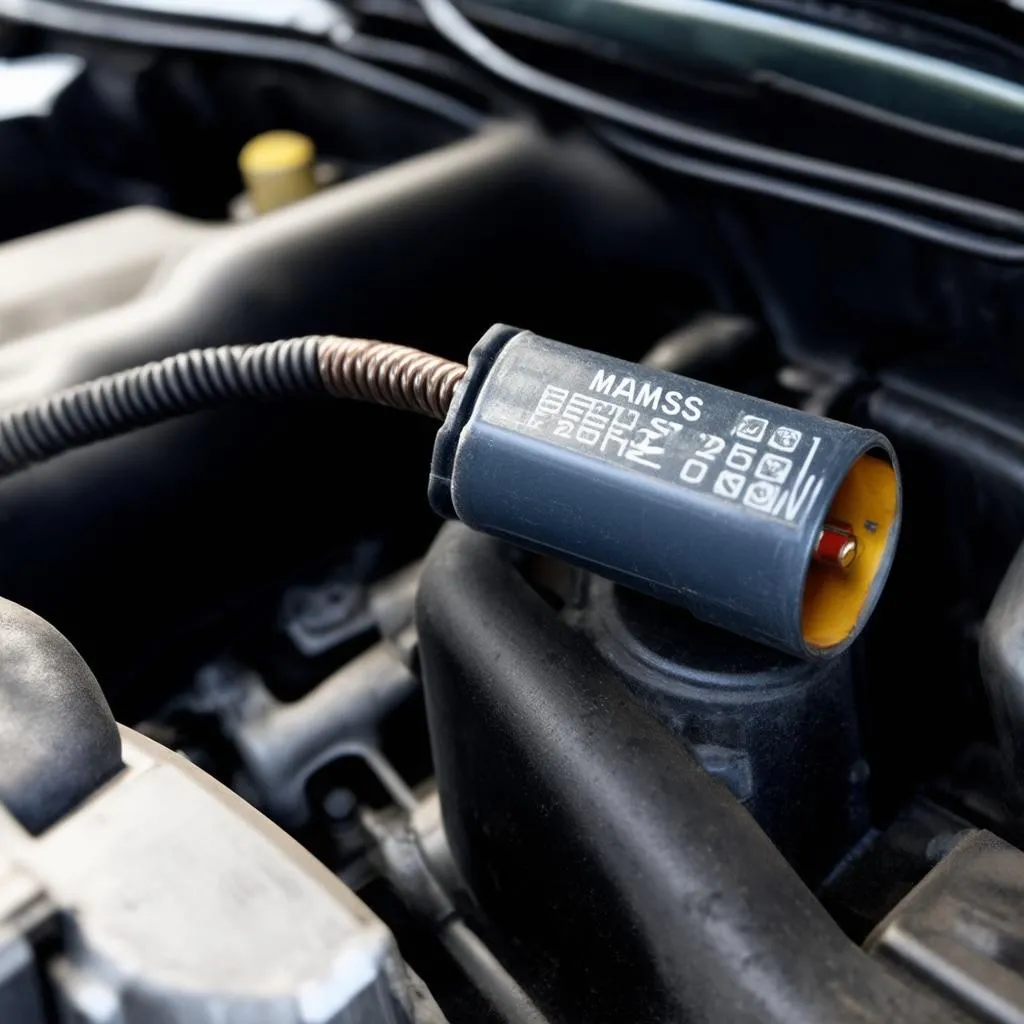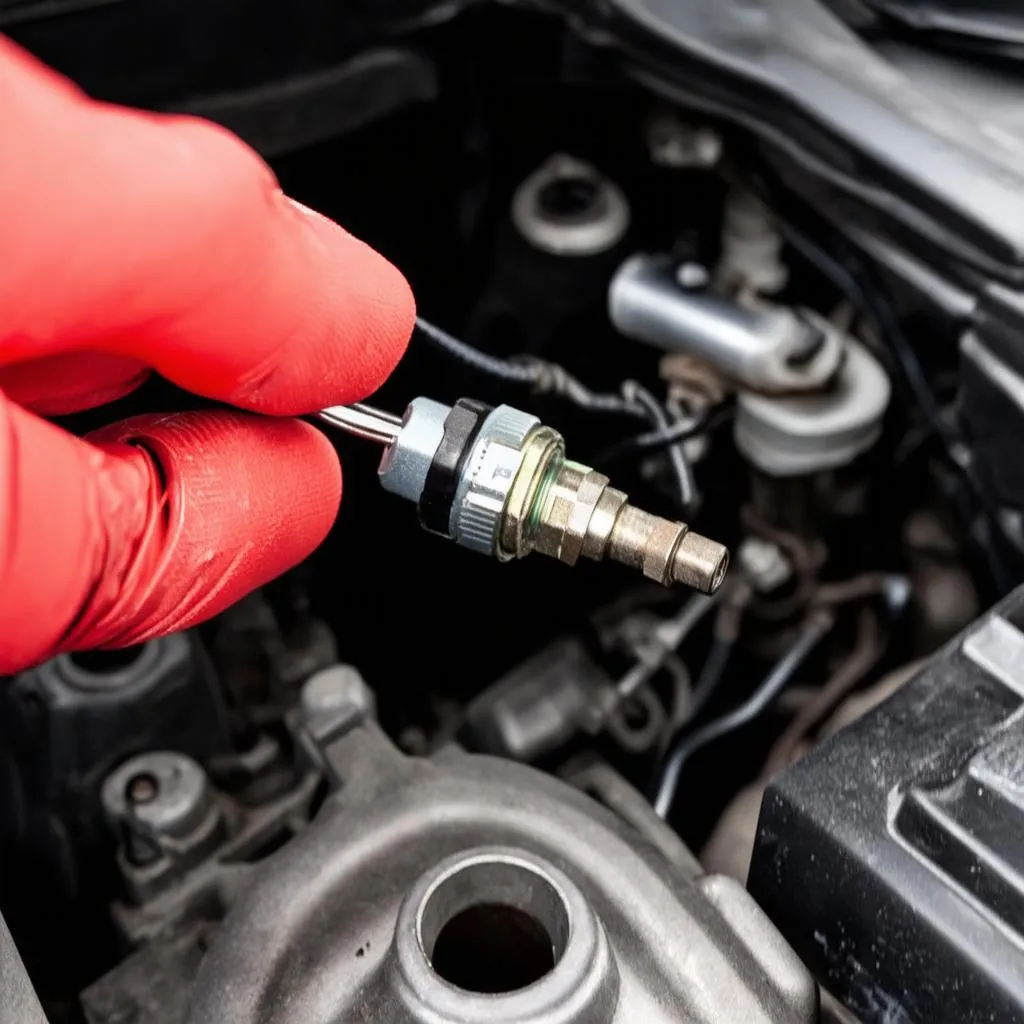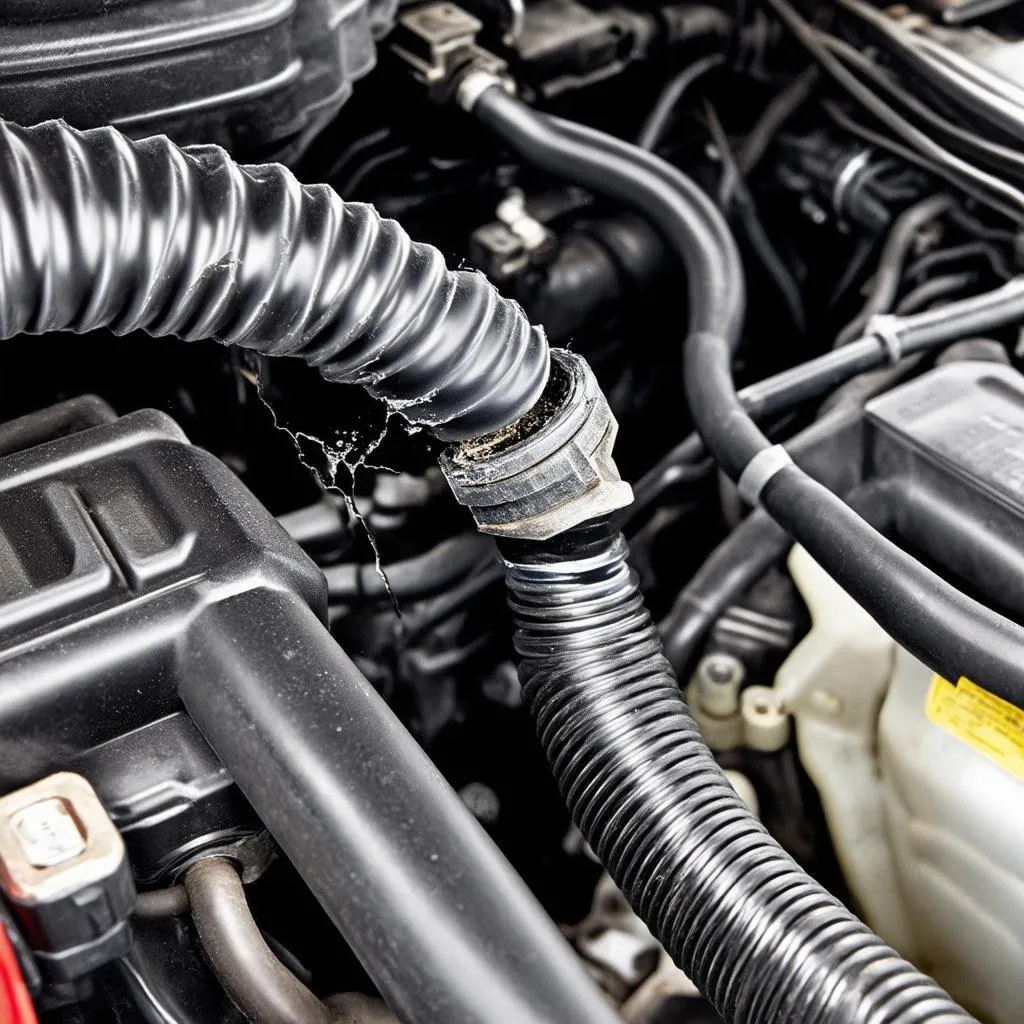Have you ever been driving your GM vehicle and the “Check Engine” light suddenly illuminates on your dashboard? If so, you’re not alone. This is a common issue that many GM owners experience, and it can be quite frustrating. But don’t worry, in most cases, it’s not a major problem, and it can often be resolved with a few simple steps.
One of the most common OBD II codes that you might encounter is “P0171,” which indicates a “System Too Lean (Bank 1).” This means that the engine’s air-fuel mixture is too lean, which can cause a variety of problems, from reduced fuel economy to rough idling and even engine damage.
Understanding The Meaning of Code P0171
From a Technician’s Perspective
The P0171 code signals a serious imbalance in the fuel-to-air ratio within your engine. It indicates that the engine is receiving too much air relative to the amount of fuel being injected, resulting in a lean fuel mixture. This imbalance can be caused by various factors, from faulty sensors to leaks in the intake manifold.
From a Technical Perspective
The engine control unit (ECU) constantly monitors the air-fuel ratio using sensors like the oxygen sensor (O2 sensor). When the ECU detects a lean condition, it sets the P0171 code to alert you. This lean condition can have a significant impact on your engine’s performance and fuel efficiency.
From an Economical Perspective
A lean mixture can lead to higher fuel consumption, as the engine struggles to burn fuel effectively. Additionally, it can accelerate wear and tear on engine components, leading to costly repairs in the long run.
What Causes Gm Obd Ii Code P0171?
Common Causes:
- Faulty Mass Airflow (MAF) Sensor: The MAF sensor measures the amount of air entering the engine. If it’s dirty or faulty, it can send inaccurate readings to the ECU, leading to a lean fuel mixture.
- Vacuum Leaks: A leak in the intake manifold or vacuum hoses can cause unmetered air to enter the engine, resulting in a lean mixture.
- Faulty Oxygen Sensor: The O2 sensor monitors the exhaust gases and sends signals to the ECU to adjust the fuel mixture. A faulty O2 sensor can give incorrect readings, leading to a lean condition.
- Clogged Fuel Injector: A clogged fuel injector can prevent the proper amount of fuel from entering the combustion chamber, resulting in a lean mixture.
- Faulty Fuel Pressure Regulator: The fuel pressure regulator maintains the correct fuel pressure in the fuel lines. If it’s faulty, it can cause low fuel pressure, leading to a lean mixture.
- Damaged Fuel Pump: A damaged fuel pump can also result in low fuel pressure and a lean mixture.
Diagnosing and Troubleshooting Code P0171:
A Story of a Technician and a Customer
Imagine a customer driving a 2007 Chevrolet Silverado into a repair shop in California with the “Check Engine” light lit. The technician, using a scanner, retrieves the P0171 code and starts a systematic diagnosis.
Step 1: Inspecting the Components
- Visual Inspection: The technician begins by inspecting the components associated with the fuel and air system. They look for any visible signs of damage, leaks, or loose connections in the intake manifold, vacuum hoses, and fuel lines.
- MAF Sensor: The MAF sensor is checked for dirt, debris, or damage. If necessary, it is cleaned using a specialized MAF sensor cleaner.
- Oxygen Sensors: The O2 sensors are inspected for signs of corrosion or damage.
- Fuel Injectors: If the fuel injectors are suspected of being clogged, they can be tested using a fuel injector tester.
Step 2: Using a Scanner
- Live Data Analysis: A scanner is used to monitor the live data from the ECU, including the oxygen sensor readings, fuel pressure, and airflow readings. This data can help pinpoint the source of the lean condition.
- Freeze Frame Data: The freeze frame data recorded when the code was set can provide additional clues about the problem.
Step 3: Performing Tests
- Vacuum Leak Test: A smoke machine or vacuum gauge can be used to detect leaks in the intake manifold or vacuum hoses.
- Fuel Pressure Test: A fuel pressure gauge is used to measure the fuel pressure in the fuel lines.
Step 4: Replacing or Repairing Components
Once the faulty component has been identified, it needs to be replaced or repaired.
Remember: You might be able to clear the code by replacing the faulty component. However, if the code returns, further investigation is necessary to find the root cause.
Common Questions About Gm Obd Ii Code P0171:
Is it dangerous to drive with a P0171 code?
While it’s not usually dangerous to drive with a P0171 code, it’s advisable to get it checked as soon as possible. A lean condition can damage your engine over time, leading to increased fuel consumption and potentially expensive repairs.
How do I reset the P0171 code?
You can reset the code using a scan tool or by disconnecting the battery for a few minutes. However, simply resetting the code doesn’t address the underlying problem.
Can I fix the P0171 code myself?
While some people with basic mechanical knowledge can diagnose and fix the issue themselves, it’s often recommended to seek professional help. Repairing a faulty component might be relatively straightforward, but diagnosing the underlying issue can be complex.
How much does it cost to fix a P0171 code?
The cost of fixing a P0171 code can vary depending on the cause of the problem and the labor cost in your area. Replacing a faulty component like a MAF sensor or oxygen sensor can range from a few hundred dollars to over a thousand dollars.
Additional Information:
- OBD II Code P0172: This code is similar to P0171 but indicates a lean condition in the other bank of cylinders (Bank 2). The troubleshooting steps are generally the same.
- OBD II Code P0174: This code indicates a system too lean condition at idle.
Contact Us for Expert Help:
If you’re struggling to diagnose or fix the P0171 code, don’t hesitate to reach out to us! Our team of automotive experts at Tech Car USA is available 24/7 to assist you. We can provide professional advice, remote diagnostics, and even connect you with qualified technicians in your area. Just contact us via WhatsApp at +84767531508.
Conclusion:
Gm Obd Ii Code P0171 indicates a lean condition in the engine’s air-fuel mixture. This can be caused by various factors, including faulty sensors, vacuum leaks, and clogged fuel injectors. While it’s not usually dangerous to drive with this code, it’s crucial to diagnose and fix the underlying issue to prevent potential engine damage. By understanding the common causes, troubleshooting steps, and the resources available, you can confidently address this issue and keep your GM vehicle running smoothly.
Let us know if you have any questions or need further assistance. Share your experience with this code in the comments below, and be sure to check out our other resources on OBD II Codes, OBD Fuse Locations, and OBD System Readers.
 Mass Airflow Sensor
Mass Airflow Sensor
 Oxygen Sensor
Oxygen Sensor
 Vacuum Leak
Vacuum Leak